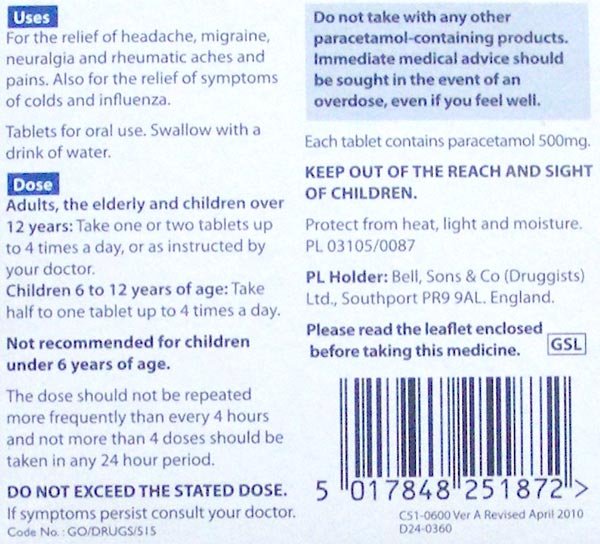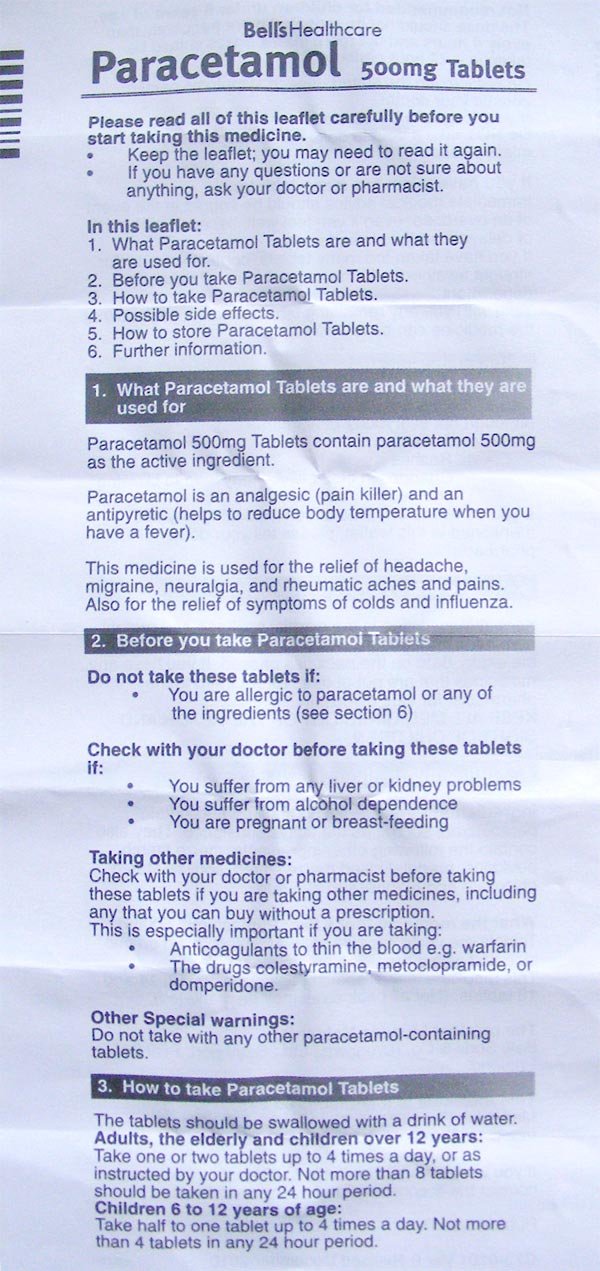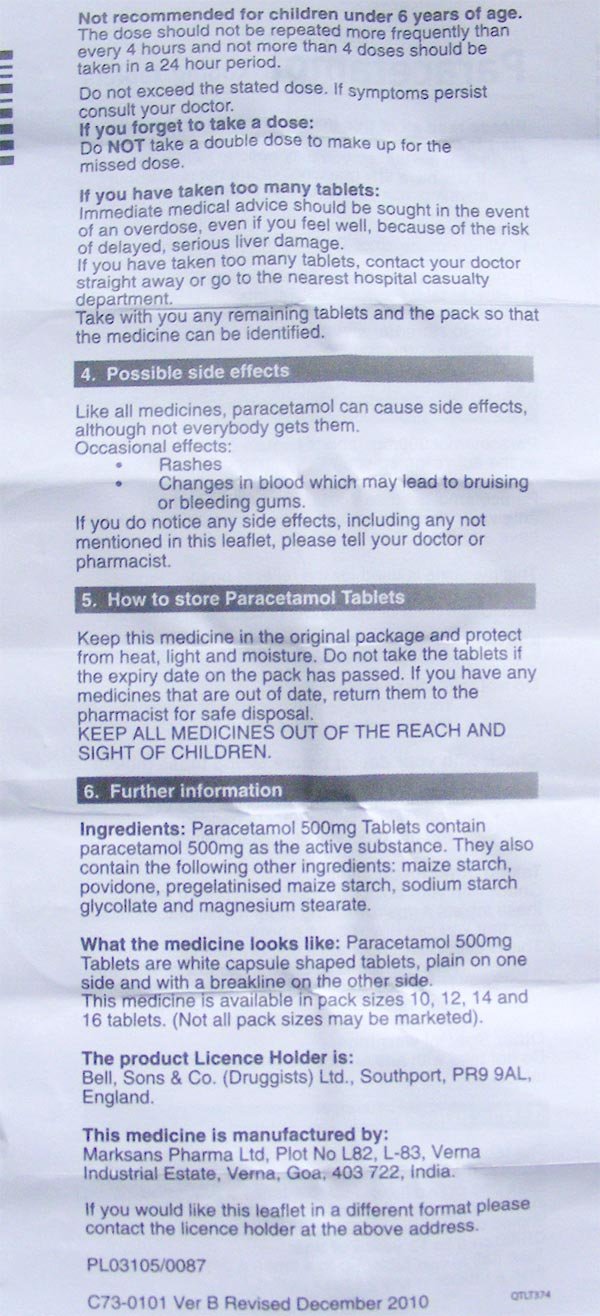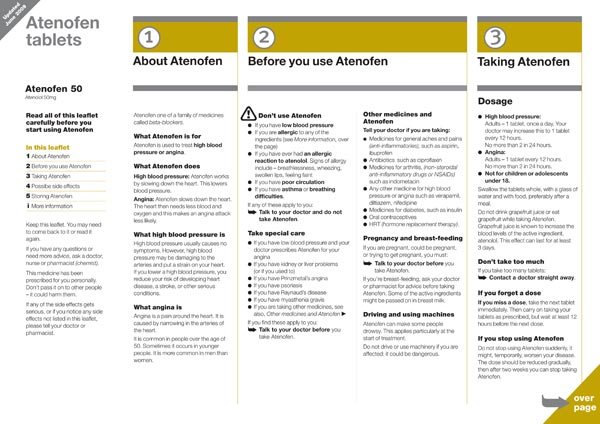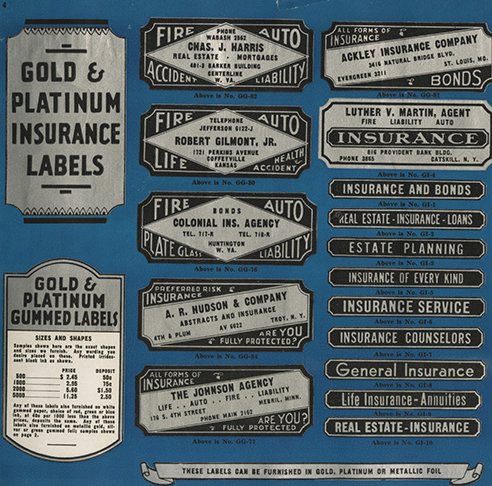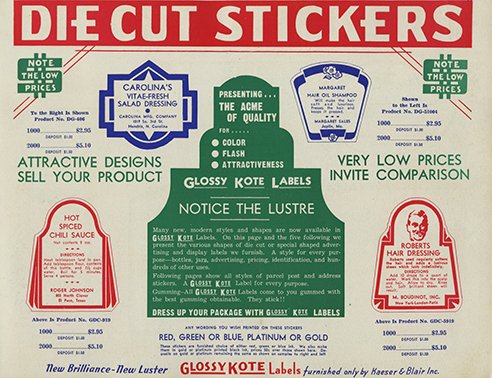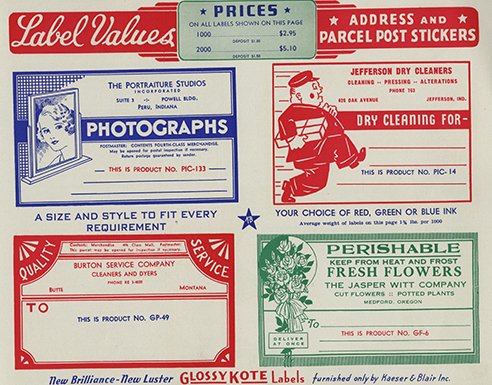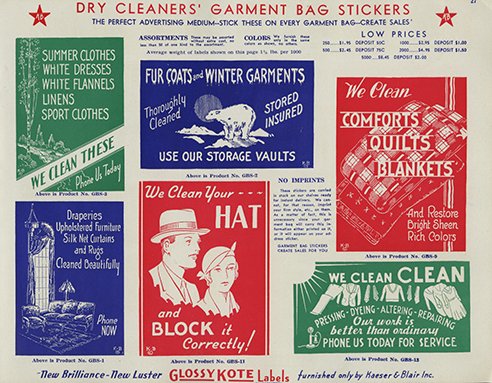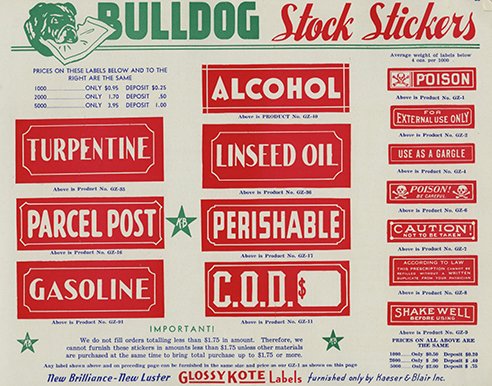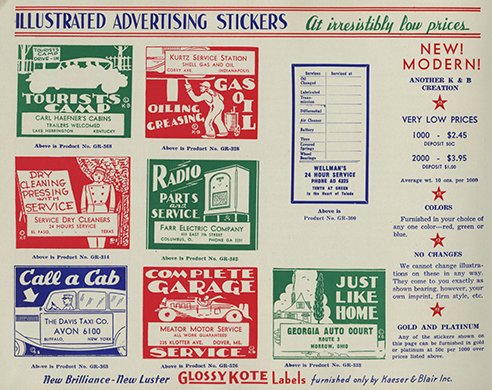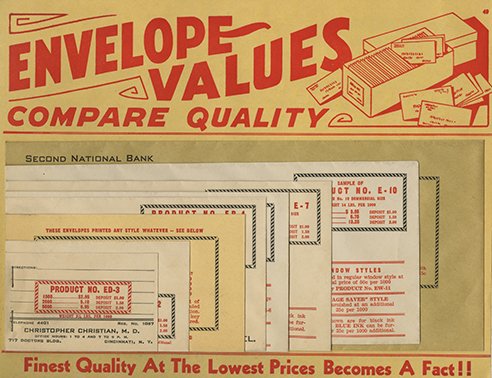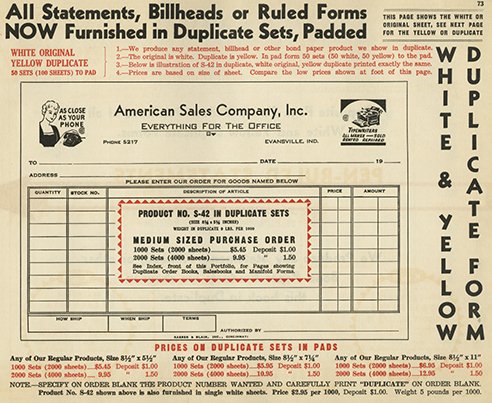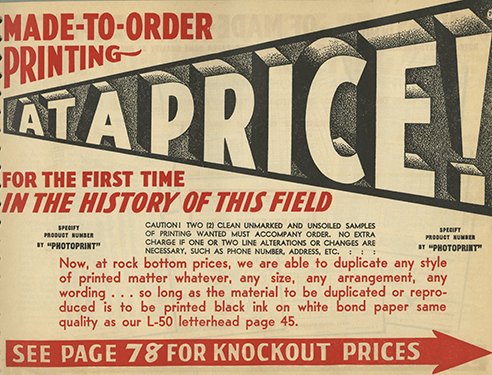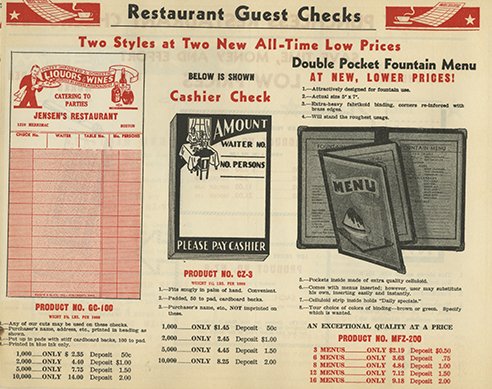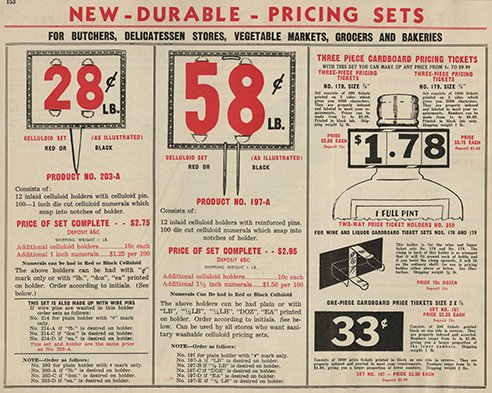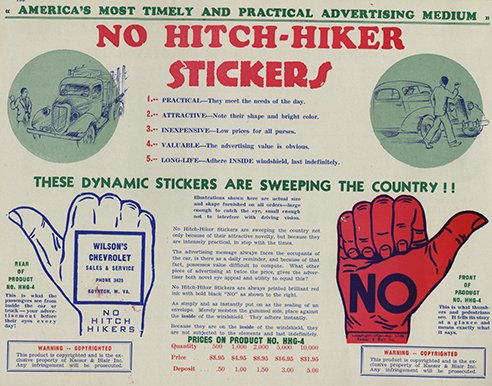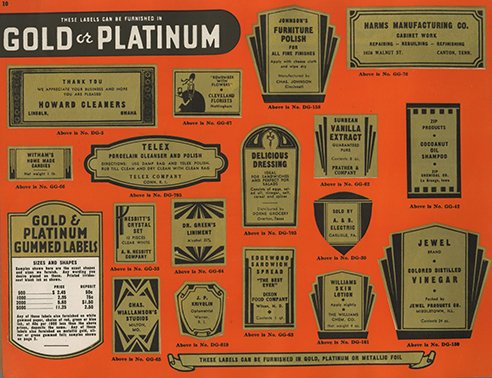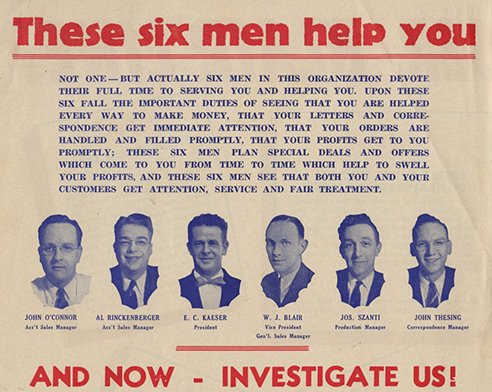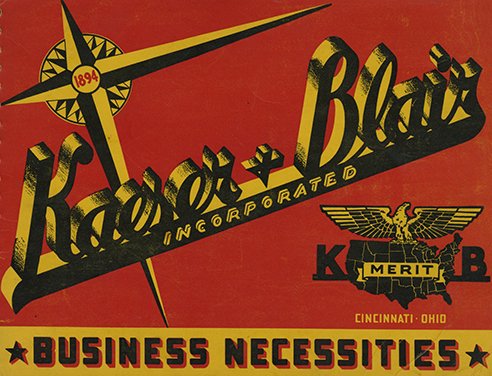Layouts that reduce text density, use purposeful sectioning, highlight key messages, and use a logical type hierarchy helped people to find the right information more quickly.
In a similar vein, the United States Food and Drug Administration (FDA) recently proposed a redesign of nutrition labels on food packaging. Among the changes were putting calorie counts in large type, adjusting portion sizes to reflect how much Americans actually eat, and additional information about sugars in food.
The Lloyd’s Pharmacy research stated that older people make the most mistakes when using medicine information due to either misreading medicine labels or misunderstanding the instructions. Clearer written instructions would solve the comprehension issue; a more ‘large print’ design would enable both older and a wider variety of people to better use the leaflet.
Medicine information leaflets are often printed on thin paper and folded many times to fit into the medicine package. There is a lot of show-through from the information printed on the back of the leaflet, which decreases readability. When the leaflet is unfolded, the paper crease marks affect the readability of the text (see figures 1.3 and 1.4). A possible improvement would be to print the leaflet on a thicker paper.
Article 63(2) of the European Commission, 2004, states that:
‘The package leaflet must be written and designed to be clear and understandable, enabling the users to act appropriately, when necessary with the help of health professionals.’
Diagnostic testing is examining an existing design to find out how it performs against the agreed performance requirements set at the scoping stage; for example, a satisfactory test outcome is when the information requested within the package leaflet can be found by 90% of test participants, of whom 90% can show that they understand it. Diagnostic testing takes the actions of people using the document as symptoms of the document’s health and is concerned with finding out what is wrong with a design. Diagnostic testing should be used iteratively—that is, repeated until its performance reaches the agreed benchmark. Diagnostic test questions are designed to see whether a consumer can find information quickly and easily and perform actions appropriately.
Conclusion
Earlier research from Lloyds Pharmacy1 and Dickinson et al. demonstrates that design and writing has the potential to make a real difference in regard to medical errors and that design, writing, and production of a medicine information leaflet can have a real positive effect on people’s health.
The design of medicine information leaflets provides some interesting challenges because they might not be seen as a typical creative graphic design job. Just because they do not contain overly designed text or graphics, however, does not mean creativity is not needed, in fact creativity is usually lacking in leaflets typically produced.
Furthermore, creativity when designing medicine information leaflets usually comes in the form of clear writing, clear layout, and user testing—more of an information design challenge rather than graphic design.
The designer’s job is to clearly communicate the desired message. The designer also has to follow guidelines—in this case, not corporate identity guidelines but guidelines laid out in legislation and vetted by a regulatory body.
Effective design can make the difference between a person deciding to read a leaflet or not, or getting the information they need about the medicine they are taking or not. And that difference can be a matter of life or death. The not so typical design challenge of medicine information leaflets shows the importance effective design can have.
Questions / Enquires - hello@RadkaAdvertising.com







